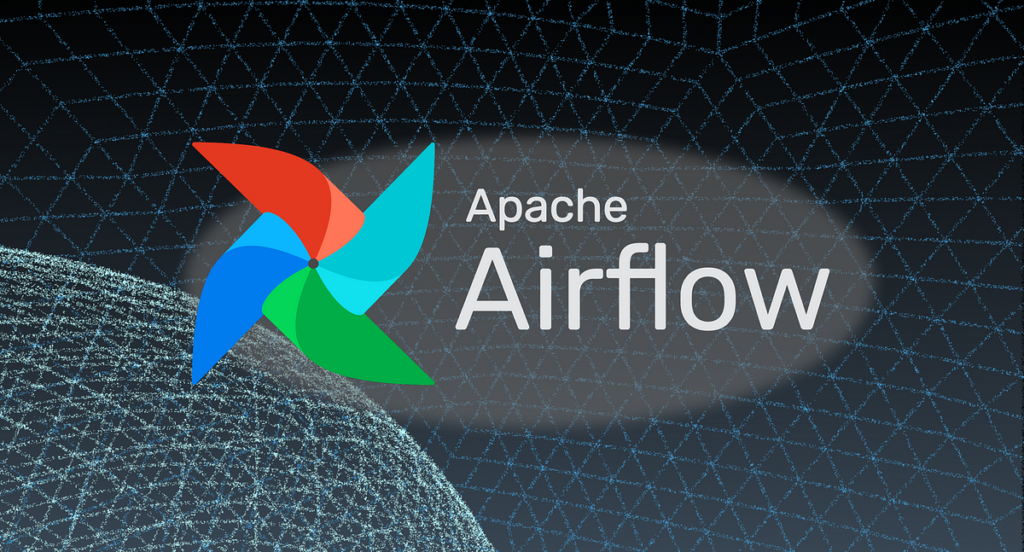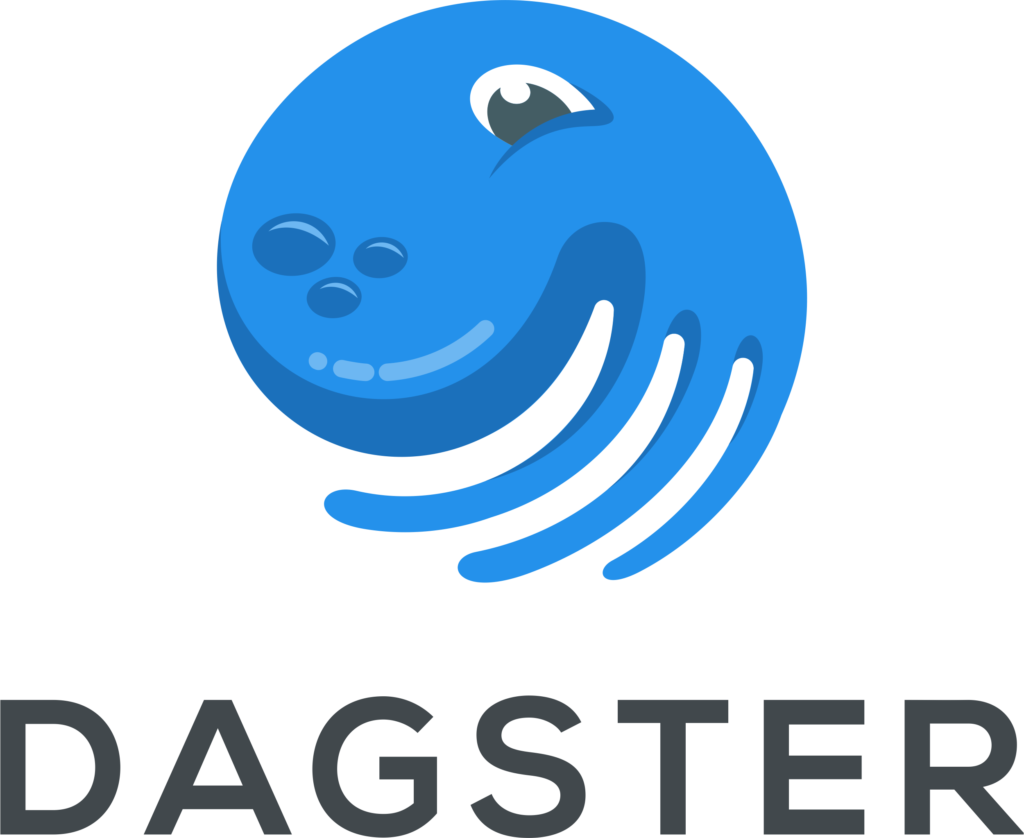In the ever-evolving landscape of data orchestration and workflow management, Apache Airflow has long been a trusted companion for businesses and data engineers. However, as the demands of modern data operations continue to expand, the search for viable Airflow alternatives has intensified. In this comprehensive exploration, we delve into the realm of Airflow, scrutinize its features and limitations, and embark on a journey to discover a diverse array of Airflow alternatives, each with its unique strengths and applications.
Understanding Apache Airflow

Before we embark on our journey to discover the ideal Airflow alternative, let’s gain a deeper understanding of Apache Airflow itself.
Airflow Features: Navigating the Powerhouse
Apache Airflow is an open-source platform that excels in orchestrating complex workflows and data pipelines. Its extensive feature set is the bedrock of its popularity among data professionals. Let’s delve into some of its notable features:
- DAG (Directed Acyclic Graph) Based: At the heart of Airflow lies a robust DAG-based architecture. This innovative approach allows for the creation of intricate and interdependent task sequences. In essence, it provides a visual representation of your workflow, enabling you to grasp the flow of tasks at a glance.
- Extensible and Customizable: One of Airflow’s defining characteristics is its modularity. The platform is designed to be extensible, allowing you to integrate various plugins to extend its functionality seamlessly. Moreover, this modularity affords you the flexibility to customize workflows, tailoring them precisely to your organization’s unique needs.
- Scheduling Capabilities: Airflow’s scheduler is the linchpin of automation. It empowers you to automate tasks at predefined intervals or in response to triggering events. Whether you need to run daily data backups or trigger an ETL (Extract, Transform, Load) process in response to new data arrivals, Airflow’s scheduling capabilities have you covered.
- Monitoring and Logging: In the world of data orchestration, transparency is paramount. Airflow excels in this regard, offering robust monitoring and logging capabilities. These features grant you unparalleled insight into task execution, simplifying the process of debugging and optimizing performance.
Limitations of Apache Airflow: Navigating the Challenges
While Apache Airflow is a powerful tool, it’s essential to acknowledge its limitations. These limitations, though not insurmountable, have prompted many organizations and data professionals to explore Airflow alternatives. Let’s take a closer look at some of the common drawbacks associated with Airflow:
- Scaling Challenges: The ability to scale is a pivotal consideration for any workflow management system. While Airflow can handle a substantial workload, scaling it to manage exceptionally large volumes of data or tasks can be a resource-intensive endeavor. This scalability hurdle has led organizations with extensive data operations to consider alternative solutions better equipped to handle their needs.
- Complex Setup: The initial setup and configuration of Apache Airflow can be somewhat complex, particularly for those new to the platform. The learning curve associated with Airflow’s architecture and terminology can pose challenges, potentially slowing down the onboarding process for teams.
- UI Limitations: While functional, Airflow’s built-in user interface may not always align with the aesthetics and intuitiveness found in some of its alternative counterparts. For users who place a premium on a visually appealing and user-friendly interface, exploring other options becomes increasingly enticing.
- Dependency Management: As workflows grow in complexity, managing dependencies between tasks can become a daunting task in itself. The need to ensure that tasks execute in the correct sequence and are aware of their dependencies is a challenge that data engineers grapple with.
What Sets Apache Airflow Apart: Unraveling the Distinctive

Despite its limitations, Apache Airflow remains a preferred choice for many due to several compelling reasons:
1. Active Community Support
One of Airflow’s standout qualities is its vibrant and active user community. This vast pool of expertise ensures that the platform is continuously improved, with new features and plugins regularly introduced. When you choose Airflow, you’re not just adopting a tool; you’re joining a thriving community of data professionals.
2. Extensive Plugin Ecosystem
Airflow’s modularity has given rise to an extensive ecosystem of plugins and integrations. This means that whatever your specific use case, there’s a high likelihood that you’ll find a plugin to streamline your workflow or enhance its capabilities.
3. Broad Industry Adoption
Apache Airflow has been adopted by numerous tech giants and enterprises across various industries. This widespread adoption is a testament to its reliability and robustness in handling mission-critical workflows.
4. Flexibility and Customization
Airflow’s flexibility and customization options empower organizations to mold it to their exact specifications. This adaptability is a significant advantage for businesses with unique workflow requirements.
Commonly Used Airflow Alternatives For Workflow Management: Navigating the Landscape

Now that we’ve gained a comprehensive understanding of Apache Airflow and its nuances, it’s time to explore a wide array of Airflow alternatives. Each of these alternatives offers a distinct approach to workflow management, and choosing the right one hinges on your organization’s specific needs. Here, we present a detailed overview of eleven commonly used Airflow alternatives:
1. Luigi: Simplifying Workflow Management
Luigi, developed by Spotify, is a Python-based workflow management system that places a premium on simplicity and extensibility. It excels in handling data pipelines and offers a programmatic approach to defining workflows.
Key Features and Benefits of Luigi:
- Pythonic Approach: Luigi leverages Python, a language beloved by data engineers, making it a natural choice for Python enthusiasts.
- Dependency Management: Managing task dependencies is seamless in Luigi, thanks to its intuitive dependency tree.
- Extensibility: Luigi’s modular architecture allows for easy integration of custom tasks and extensions.
2. Celery: Scaling for Asynchronous Task Execution
While Celery is not a direct competitor to Apache Airflow, it’s often used in conjunction with other tools for task scheduling and distributed computing. It’s highly scalable and particularly well-suited for asynchronous task execution.
Key Features and Benefits of Celery:
- Scalability: Celery shines when it comes to handling a massive number of tasks concurrently, making it a go-to choice for large-scale data operations.
- Task Queueing: It provides a powerful task queueing mechanism, ensuring tasks are executed efficiently and in the desired sequence.
- Distributed Architecture: Celery’s distributed architecture enables the distribution of tasks across multiple worker nodes, improving resource utilization.
3. Prefect: Data Engineering Simplified
Prefect is another Python-based workflow management system that has garnered attention for its user-friendly API and emphasis on ease of use, testing, and debugging of workflows.
Key Features and Benefits of Prefect:
- Python-Centric: Like Luigi, Prefect leverages Python, making it accessible to Python developers and data engineers.
- Flow Validation: Prefect includes a flow validation system that helps catch issues early in the development process, ensuring more robust workflows.
- Version Control: It offers built-in version control for workflows, allowing you to track changes and roll back to previous versions if needed.
4. Digdag: Simplifying ETL Workflows
Digdag is an open-source workflow scheduler with a YAML-based workflow definition syntax. It excels in integrating with various data sources and destinations, making it a popular choice for ETL (Extract, Transform, Load) tasks.
Key Features and Benefits of Digdag:
- YAML-Based Definition: Digdag’s YAML-based approach simplifies the creation and modification of workflows, making it accessible to users with varying technical backgrounds.
- Data Source Compatibility: It seamlessly integrates with a wide range of data sources, enabling the efficient orchestration of data pipelines.
- Extensive Plugin Ecosystem: Digdag’s plugin ecosystem offers versatility, with plugins available for numerous data connectors and integrations.
5. AWS Step Functions: Serverless Workflow Orchestration
For users within the AWS ecosystem, AWS Step Functions provides a serverless solution for orchestrating and visualizing distributed applications and microservices using visual workflows.
Key Features and Benefits of AWS Step Functions:
- Seamless AWS Integration: Step Functions effortlessly integrates with other AWS services, simplifying the creation of serverless applications.
- Visual Workflow Designer: Its visual workflow designer allows for the creation and visualization of complex workflows with ease.
- Stateful Execution: Step Functions maintain state throughout workflow execution, enabling you to build resilient and reliable systems.
6. Google Cloud Composer: Managed Airflow in the Cloud
Google Cloud Composer is a managed Apache Airflow service tailored for Google Cloud Platform users. It offers a fully managed and scalable workflow orchestration solution in a cloud-native environment.
Key Features and Benefits of Google Cloud Composer:
- Managed Service: Google Cloud Composer eliminates the operational overhead associated with self-hosted Airflow instances, allowing you to focus on building and executing workflows.
- Integration with GCP Services: It seamlessly integrates with various Google Cloud services, enhancing its capabilities for data orchestration within the Google Cloud ecosystem.
- Auto-Scaling: Google Cloud Composer automatically scales resources based on the demands of your workflows, ensuring optimal performance and cost-efficiency.
7. Microsoft Azure Data Factory: Data Integration Simplified
Azure Data Factory, a cloud-based data integration service by Microsoft, allows the creation of data-driven workflows for managing data movement and transformation tasks within the Azure environment.
Key Features and Benefits of Microsoft Azure Data Factory:
- Cloud-Native: Azure Data Factory is built for the cloud, offering native integration with Azure services and resources.
- Hybrid Capabilities: It supports hybrid scenarios, allowing you to connect on-premises data sources and destinations seamlessly.
- Data Transformation: With data transformation and wrangling capabilities, it’s a versatile tool for ETL processes.
8. Kubeflow Pipelines: Kubernetes-Native Workflow Management
Kubeflow Pipelines is a Kubernetes-native platform for building, deploying, and managing scalable machine learning workflows. It’s ideal for organizations heavily invested in Kubernetes.
Key Features and Benefits of Kubeflow Pipelines:
- Kubernetes Integration: As a native Kubernetes solution, Kubeflow Pipelines leverages the power of Kubernetes for orchestrating machine learning workflows.
- Reusable Components: It encourages the creation of reusable components, streamlining the development of complex ML pipelines.
- Versioning and Auditing: Kubeflow Pipelines provides versioning and auditing capabilities, essential for maintaining compliance and governance.
9. Oozie: Orchestrating Hadoop Workloads
Oozie, often used in Hadoop environments, specializes in managing and scheduling Hadoop MapReduce jobs and other data processing tasks.
Key Features and Benefits of Oozie:
- Hadoop Integration: Oozie seamlessly integrates with the Hadoop ecosystem, making it an ideal choice for organizations heavily reliant on Hadoop technologies.
- Workflow Coordination: It excels in coordinating workflows composed of Hadoop jobs, Hive queries, and Pig scripts.
- Scheduled Execution: Oozie’s scheduler allows you to specify when and how often workflows should run, enabling automation of recurring tasks.
10. DAGster: Data Orchestration with a Focus on Quality
DAGster is an open-source data orchestrator designed to build data applications. It places a strong emphasis on testing, debugging, and monitoring of data pipelines, ensuring data quality and reliability.
Key Features and Benefits of DAGster:
- Data Quality Assurance: DAGster’s testing and validation features enable robust data quality assurance, crucial for data-centric applications.
- Monitoring and Alerting: It provides extensive monitoring and alerting capabilities, allowing you to stay informed about pipeline health and performance.
- Developer-Friendly: DAGster is designed with developers in mind, offering an API-first approach for defining and managing data pipelines.
11. Pinball: Workflow Management for Large-Scale Systems
Developed by Pinterest, Pinball is an open-source workflow manager known for its ability to handle large-scale systems effectively. It offers robust scheduling and execution capabilities.
Key Features and Benefits of Pinball:
- Scalability: Pinball is engineered for handling massive workloads, making it an attractive option for organizations operating at scale.
- Advanced Scheduling: Its advanced scheduling capabilities provide fine-grained control over task execution, ensuring precise orchestration.
- Dependency Resolution: Pinball excels in managing task dependencies, ensuring tasks execute in the correct order and in alignment with your workflow logic.
Factors To Consider While Choosing The Perfect Airflow Alternative: Navigating the Decision-Making Process

Now that we’ve explored a myriad of Airflow alternatives, it’s crucial to understand the key factors that should influence your choice. Selecting the right Airflow alternative demands careful consideration of several aspects, ensuring that it aligns seamlessly with your organization’s workflow management requirements. Here are some pivotal factors to contemplate:
1. Scalability: Ensuring Seamless Growth
The scalability of your chosen Airflow alternative is paramount. You must ascertain whether it can scale to meet your current needs and, more importantly, adapt to future requirements without encountering performance bottlenecks. Scalability ensures that your workflow management solution can grow alongside your organization’s data operations.
2. Ease of Use: Navigating the Learning Curve
The user interface and overall usability of the Airflow alternative should align with your team’s skill set and preferences. A user-friendly interface expedites onboarding and minimizes the learning curve, allowing your team to harness the full potential of the workflow management system swiftly.
3. Integration: Seamless Connection with Your Ecosystem
Compatibility with your existing data sources, destinations, and tools is paramount. The Airflow alternative should seamlessly integrate with your ecosystem, facilitating smooth workflow integration without the need for cumbersome workarounds or complex integration efforts.
4. Community and Support: A Strong Backing
A vibrant user community, comprehensive documentation, and active development are indicative of an Airflow alternative’s long-term viability. Choose an Airflow alternative with a robust support system to ensure that you have access to assistance and resources when needed.
5. Cost: The Bottom Line
The total cost of ownership is a critical consideration. Evaluate licensing fees, cloud service charges, hardware requirements, and any additional costs associated with the Airflow alternative. A cost-effective solution aligns with your budgetary constraints while delivering exceptional value.
Conclusion: Charting Your Course
In the quest for the perfect Airflow alternative, you are now armed with a comprehensive understanding of Apache Airflow, its alternatives, and the key factors that influence your choice. Whether you opt for the simplicity of Luigi, the scalability of Celery, or the cloud-native capabilities of Google Cloud Composer, the decision rests on your organization’s unique workflow management requirements.
By considering factors such as scalability, ease of use, integration, community support, and cost, you can make an informed decision that propels your data operations to new heights. The journey to find the perfect Airflow alternative is an exciting one, filled with opportunities to streamline and optimize your data workflows. Choose wisely, and embark on a path that leads to enhanced efficiency and productivity.









